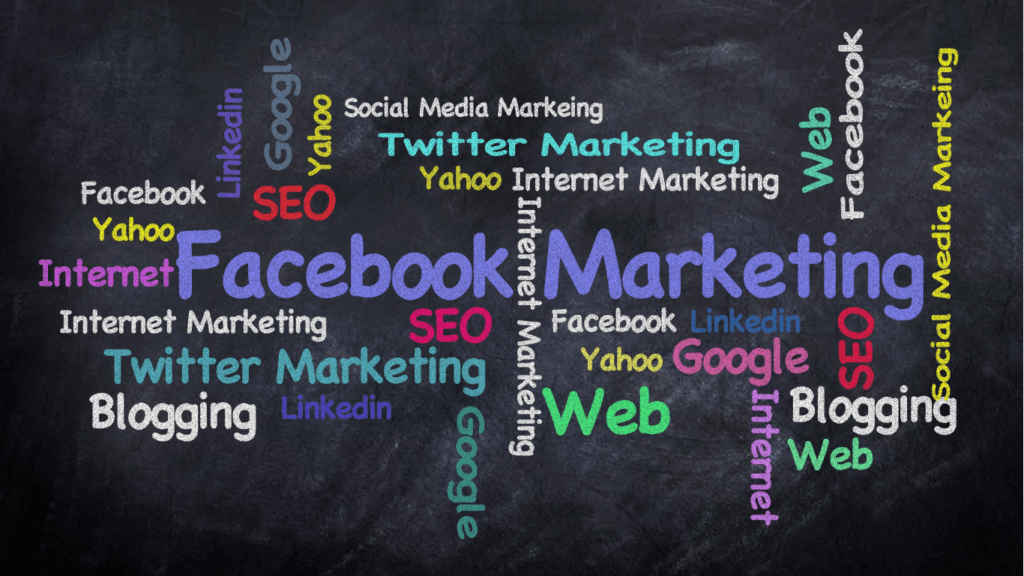The Rise of Green Packaging
Green packaging gains popularity as consumers demand sustainable options. Companies respond by integrating eco-friendly designs into their marketing strategies.
Why Businesses Are Switching
Businesses switch to green packaging for multiple reasons.
- First, it attracts eco-conscious consumers who prioritize sustainability.
- Second, it differentiates brands in competitive markets by showcasing environmental commitment.
- Third, it reduces operational costs in the long term due to reduced waste and improved efficiency.
- Lastly, regulatory pressure pushes companies to opt for sustainable materials to comply with environmental laws.
Environmental Impact of Traditional Packaging
Traditional packaging has severe environmental impacts. It often relies on non-renewable resources like petroleum-based plastics, leading to significant carbon emissions.
Most traditional packaging ends up in landfills, contributing to pollution and harming wildlife. Additionally, the production process for conventional materials consumes substantial energy and water, exacerbating environmental degradation.
Green Packaging as a Marketing Tool

Enhancing Brand Image
Green packaging significantly enhances a brand’s image. Sustainable packaging showcases a company’s commitment to environmental responsibility.
According to a Nielsen report, 66% of global consumers are willing to pay more for sustainable brands. Using eco-friendly materials like recycled paper and biodegradable plastics, companies can differentiate their products.
Additionally, brands that prioritize sustainability often enjoy better public relations and increased media coverage.
Attracting Eco-Conscious Consumers
Eco-conscious consumers gravitate towards brands with green packaging. Nielsen found that 81% of consumers feel strongly that companies should help improve the environment.
By adopting sustainable practices, companies can target this growing demographic. Examples include Patagonia’s use of recycled materials, which aligns with their environmentally-friendly brand ethos.
Moreover, eco-friendly packaging encourages repeat purchases and can increase customer loyalty, driving long-term sales growth.
Benefits of Using Green Packaging
Cost-Effectiveness and Efficiency
Green packaging offers significant cost savings. Using materials like recycled paper reduces raw material costs. These materials often require less energy to produce, lowering production costs. Companies save on waste disposal fees by reducing packaging waste. This efficiency translates to cost savings.
Regulatory and Compliance Advantages
Regulatory compliance is a major benefit. Green packaging helps meet stringent environmental regulations. Many countries have strict laws on packaging waste and materials.
Using eco-friendly materials ensures compliance with these laws. This avoids fines and legal issues, protecting the company. Compliance also boosts brand image, showing commitment to sustainability.
Challenges of Implementing Green Packaging
Green packaging offers impressive benefits, yet implementing it presents several challenges. Companies must navigate material limitations and costs, consumer perception, and expectations.
Material Limitations and Cost
Sourcing sustainable materials often involves higher costs compared to conventional options. For instance, biodegradable plastics and recycled materials can be pricier due to limited availability and higher production costs.
Additionally, green materials may not possess the same durability or shelf-life, impacting product protection and lifespan. Conducting rigorous testing to meet regulatory standards also adds to expenses, making it vital to balance sustainability with economic feasibility.
Consumer Perception and Expectations
Consumers expect green packaging to perform identically to traditional packaging. For example, they anticipate similar levels of durability and ease of use.
If green alternatives don’t meet these expectations, customer satisfaction may decline, negatively impacting brand loyalty. Companies also face the challenge of educating consumers about the benefits and nuances of sustainable packaging.
Misunderstandings or lack of awareness can lead to skepticism or undervaluation of eco-friendly efforts. Ensuring transparent communication about green initiatives becomes crucial in building trust and managing expectations.
Real-World Examples of Successful Green Packaging
Green packaging offers companies a unique opportunity to stand out by showcasing their commitment to sustainability through innovative designs and eco-friendly materials. Here are some notable instances where leading brands have effectively implemented green packaging.
Case Studies from Leading Brands
1. Unilever and Dove’s Recycled Plastic:
Unilever’s Dove brand emphasizes sustainability by using 100% recycled plastic in its packaging. This initiative resulted in a significant reduction in carbon emissions and plastic waste, underscoring the brand’s commitment to environmental responsibility.
2. LEGO’s Sustainable Materials:
LEGO announced plans to transition to bio-based plastics derived from sugarcane for its Lego bricks. This move reduced LEGO’s environmental footprint while maintaining product quality and durability, aligning the brand with eco-friendly initiatives.
3. Apple’s Reduced Packaging Waste:
Apple redesigned its product packaging to eliminate unnecessary materials. For example, removing the plastic wrap from iPhone boxes and using smaller, more efficient packages resulted in lower shipping costs and a substantial reduction in waste.
4. Coca-Cola’s PlantBottle:
Coca-Cola introduced the PlantBottle, made from up to 30% plant-based materials. This innovative packaging reduced reliance on non-renewable resources and showcased Coca-Cola’s investment in sustainable solutions to tackle plastic pollution.
5. The Body Shop’s Refill Stations:
The Body Shop implemented refill stations in its stores, allowing customers to refill their products using their containers. This initiative significantly cut down on single-use plastic packaging and engaged consumers directly in sustainability practices.
Green packaging not only bolsters brand image but also drives consumer loyalty, demonstrating that companies can innovate sustainably while preserving product integrity.
 Edward Kindler - Eco-Tourism Advocate & Contributor at Green Commerce Haven
Edward Kindler is a passionate eco-tourism advocate and a dedicated contributor to Green Commerce Haven. With a background in sustainable travel and a deep love for nature, Edward specializes in sharing insights on eco-tourism tips and environmentally responsible travel practices. His expertise helps guide readers in exploring the world while minimizing their environmental impact. Edward’s contributions to Green Commerce Haven reflect his commitment to promoting travel experiences that honor and protect the natural world.
Edward Kindler - Eco-Tourism Advocate & Contributor at Green Commerce Haven
Edward Kindler is a passionate eco-tourism advocate and a dedicated contributor to Green Commerce Haven. With a background in sustainable travel and a deep love for nature, Edward specializes in sharing insights on eco-tourism tips and environmentally responsible travel practices. His expertise helps guide readers in exploring the world while minimizing their environmental impact. Edward’s contributions to Green Commerce Haven reflect his commitment to promoting travel experiences that honor and protect the natural world.
